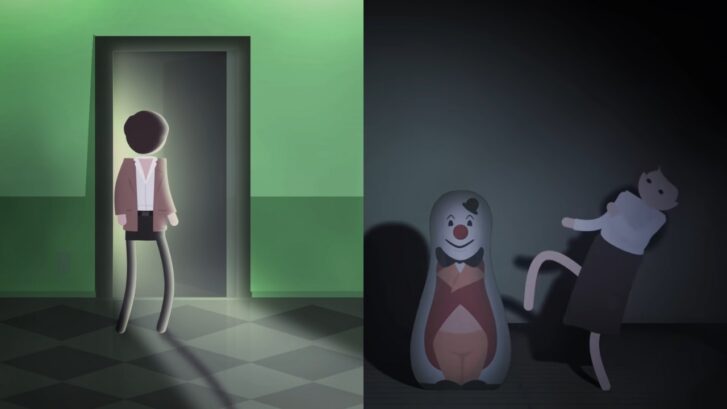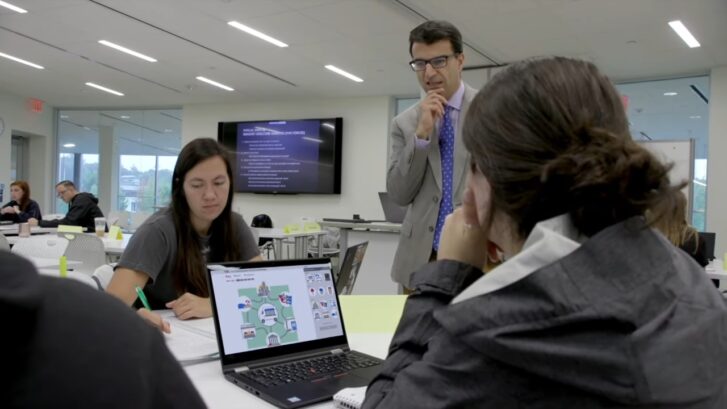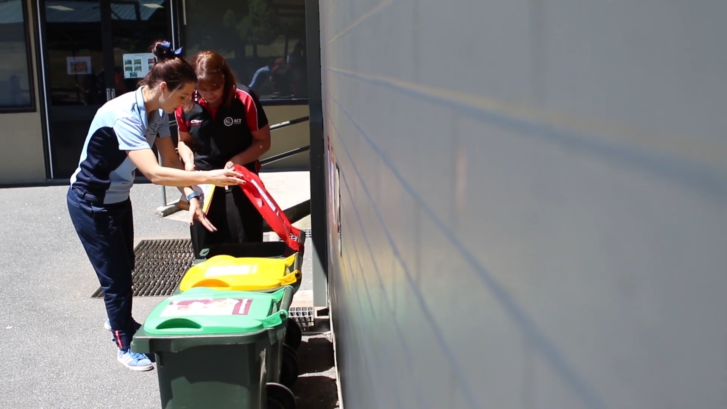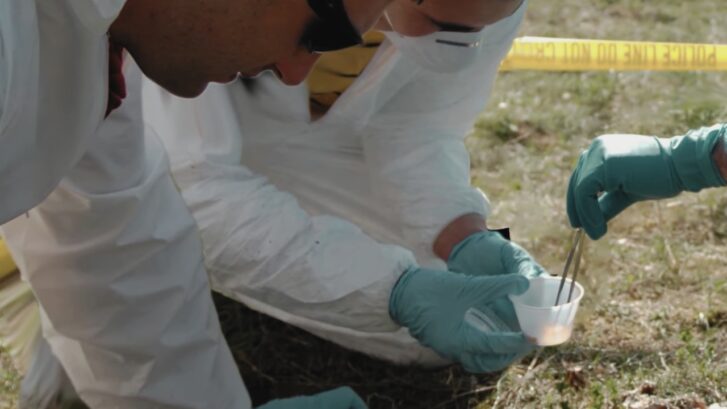Social Learning Theory is all about how we learn by observing others. Imagine watching a skilled chef on TV and then trying out their recipes at home. That’s the essence of SLT. We pay attention to what others do, imitate their actions, and repeat them.
Albert Bandura, the brain behind this theory, introduced it in the 1960s. Since then, it has influenced various fields like psychology, education, marketing, and criminology. Essentially, SLT helps us understand how we learn from the world around us.
Definition
At its core, the theory posits that people learn from one another through observation, imitation, and modeling.
Imagine a toddler mimicking their parent’s greeting or a teenager dressing like their favorite celebrity. These are textbook examples of SLT at work.
Bandura’s theory is rooted in the understanding that we are not passive participants in learning; rather, we actively engage with and are influenced by our environment.
For those interested in the differences between mental health counseling and social work, including their educational requirements and career paths, for a comprehensive overview.
Structure
To fully grasp SLT, imagine it as a table supported by four legs: Attention, Retention, Reproduction, and Motivation. Each “leg” is crucial for the table to stand:
- Attention: We must first pay attention to the behavior being modeled.
- Retention: We then need to remember what we observed.
- Reproduction: Next, we attempt to replicate the observed behavior.
- Motivation: Finally, we need a reason to want to repeat the behavior.
Albert Bandura and the Bobo Doll Experiment
Albert Bandura illuminated the power of SLT through his famous Bobo doll experiment in the 1960s. Children observed adults interacting aggressively with a Bobo doll, and when given the chance, they imitated this behavior.
How Can Teachers it in the Classroom?
Let’s say that the classroom is a garden. Just as plants thrive in the right conditions, students flourish when educational strategies align with how they naturally learn.
Social learning strategies, like the flipped classroom model, gamification, simulations, and peer coaching, act as sunlight, water, and soil, nurturing students’ growth.
The Flipped Classroom Model
It represents a reversal of traditional teaching models. Here, students first explore new content at home, usually through video lectures or reading materials.
Classroom time is then dedicated to applying this knowledge through discussions, projects, and problem-solving activities.
Gamification and Simulations
Gamification introduces game elements, making education an engaging and interactive experience. Similarly, simulations provide realistic scenarios for students to navigate, offering hands-on experience with the concepts they’re learning.
Peer Coaching
Peer coaching is another embodiment of SLT in education. It involves students teaching and learning from each other, thereby reinforcing their own understanding and that of their peers.
The core feature is that it builds a supportive classroom community.
Tools for Enhancing Social Learning
Platforms like Padlet, Edpuzzle, Quizizz, and educational YouTube channels provide interactive and collaborative learning experiences. These resources allow students to engage with content, teachers, and peers in dynamic ways, further solidifying the principles of SLT in the learning process.
Impact Across Fields
The theory extends its influence beyond the classroom.
In marketing, it explains consumer behavior through the observation of others’ experiences with products.
In criminology, it sheds light on how individuals may learn criminal behaviors based on their environment.
Strengths and Weaknesses
While SLT offers a flexible learning model, it’s not without its critics.
For instance, some critique its lack of emphasis on individual accountability and intrinsic motivation.
However, its strengths lie in its adaptability.
Real-life Applications
Imagine observing a neighbor meticulously recycling and reducing waste, inspiring you to adopt similar sustainable practices.
This scenario is a classic example of Social Learning Theory in action, where observing someone else’s behavior leads to learning and adopting that behavior oneself.
It plays a critical role in shaping societal norms and behaviors, making its application in real life both broad and profound.
Teenagers and Peer Influence
A common real-life application of SLT is seen in how teenagers are influenced by their peers.
When adolescents see their friends engaging in certain behaviors, such as drinking alcohol or smoking, they are more likely to mimic these actions to fit in or gain acceptance.
Learning Table Manners
A simpler yet equally compelling example is how children learn table manners.
Through observing their parents and siblings at meal times, children pick up cues on how to behave, what is acceptable, and what is not.
This learning process involves all four elements of SLT: attention to the observed behavior, retention of the information, reproduction of the behavior, and motivation to continue behaving in a similar manner, often driven by the desire for approval or to avoid disapproval.
FAQs
Can Social Learning Theory Be Applied to Adult Education?
Yes, Social Learning Theory is applicable to learners of all ages, including adults. Adults learn from observing their peers, mentors, and leaders in various settings, such as the workplace.
How Does Social Learning Theory Explain the Use of Rewards and Punishments?
Social Learning Theory suggests that observing the rewards or punishments that others receive can influence an individual’s behavior. This vicarious reinforcement or punishment can motivate individuals to replicate or avoid certain behaviors.
Is Digital Media Considered an Effective Platform for Social Learning Theory?
Yes, digital media provides a rich environment for social learning, allowing individuals to observe and learn from a wide range of behaviors and skills across global contexts.
Can Social Learning Theory Help Understand Online Consumer Behavior?
Absolutely. Consumers often observe the purchasing decisions and product reviews of others online, which can influence their own buying behavior.
Does Social Learning Theory only Apply to Negative Behaviors?
No, Social Learning Theory applies to both positive and negative behaviors. It explains how individuals can learn constructive behaviors, such as empathy and cooperation, through observation.
How Can Organizations Use Social Learning Theory for Training?
Organizations can design training programs that include role-modeling, mentoring, and peer learning activities, allowing employees to learn new skills and behaviors by observing and interacting with others.
Final Words
Just as a mirror reflects the image before it, Social Learning Theory reflects the inherent social nature of human learning.
From the classroom to the broader societal context, its principles guide understanding and influencing behavior. Educators, psychologists, marketers, and criminologists continue to draw on this theory, proving its enduring relevance and utility.
Related Posts:
- How To Wash a Weighted Blanket in 2024 - A Detailed Guide!
- How to Oil Your Hair Effectively at Home - A Detailed Guide
- Does Saccharin Increase the Risk of Type 2 Diabetes?…
- How Social Media Directly Impacts Your Mental Well-Being
- How to Become a Social Worker? Education Tips and…
- Does ADHD Medication Help with Social Skills? -…



















